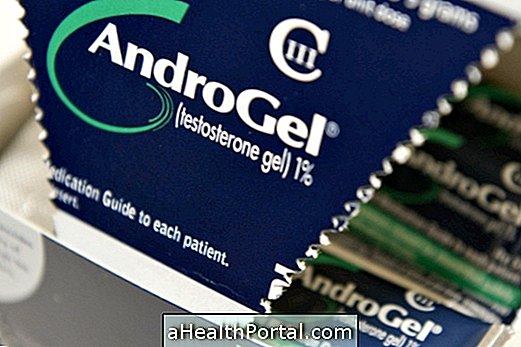Cancer of the bile ducts is rare and results from the growth of a tumor in the channels that lead to bile produced in the liver into the gallbladder. Bile is an important liquid in digestion as it helps to dissolve the fats ingested in meals.
The causes of gallbladder cancer may be gallstones, tobacco, gallbladder inflammation, obesity, exposure to toxic substances and infection by parasites.
Bile duct cancer is most common in the 60s and 70s, and can be located inside or outside the liver, gallbladder, or Vater's ampule, a structure that results from the union of the pancreatic duct and the bile duct.
Bile duct cancer is curable if it is diagnosed in the early stages of development, as this type of cancer progresses rapidly and can lead to death in a short time.
Symptoms of bile duct cancer
The symptoms of gallbladder cancer may be:
- Bellyache;
- Jaundice;
- Weight loss;
- Loss of appetite;
- Generalized itching;
- Swelling of the belly;
- Fever;
- Nausea and vomiting.
The symptoms of cancer are not very specific, making it difficult to diagnose this disease. The diagnosis of bile duct cancer can be made by ultrasonography, computed tomography or direct cholangiography, an examination that allows the evaluation of the structure of the bile ducts and biopsy the tumor.
Treatment of bile duct cancer
The most effective bile duct cancer treatment is surgery to remove the tumor and lymph nodes from the region of the cancer, preventing its spread to other organs. When cancer is located in the bile ducts inside the liver, it may be necessary to remove part of the liver. It is sometimes necessary to remove blood vessels near the affected biliary tract.
Radiation therapy or chemotherapy has no effect on the cure of bile duct cancer, and is used only to alleviate symptoms of the disease in later stages.
Useful link:
- Gallbladder cancer
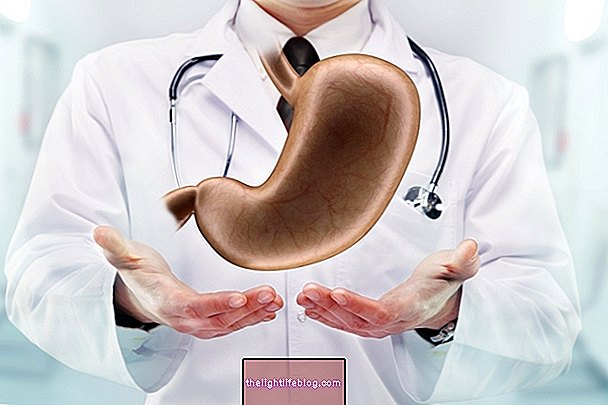
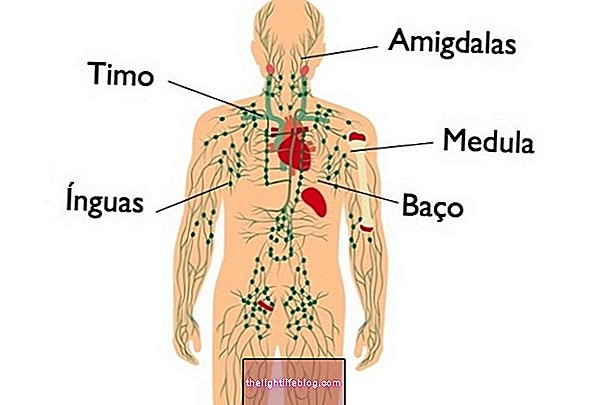
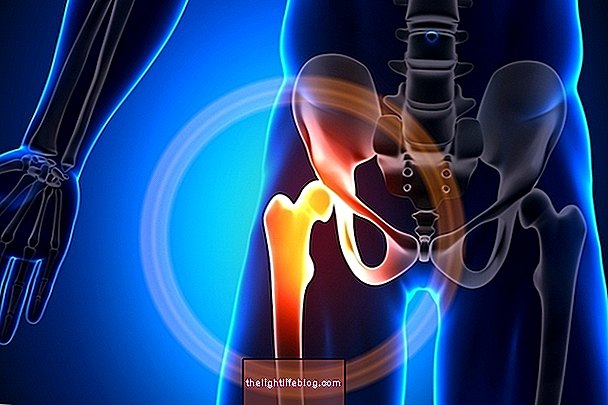
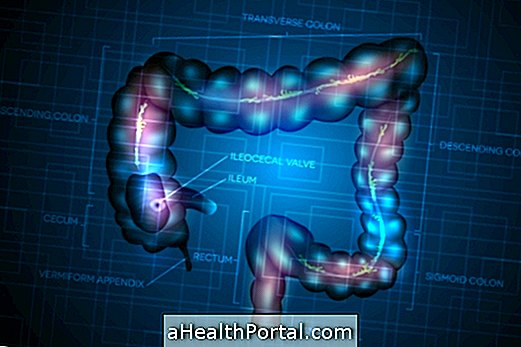

.php)


.jpg)





